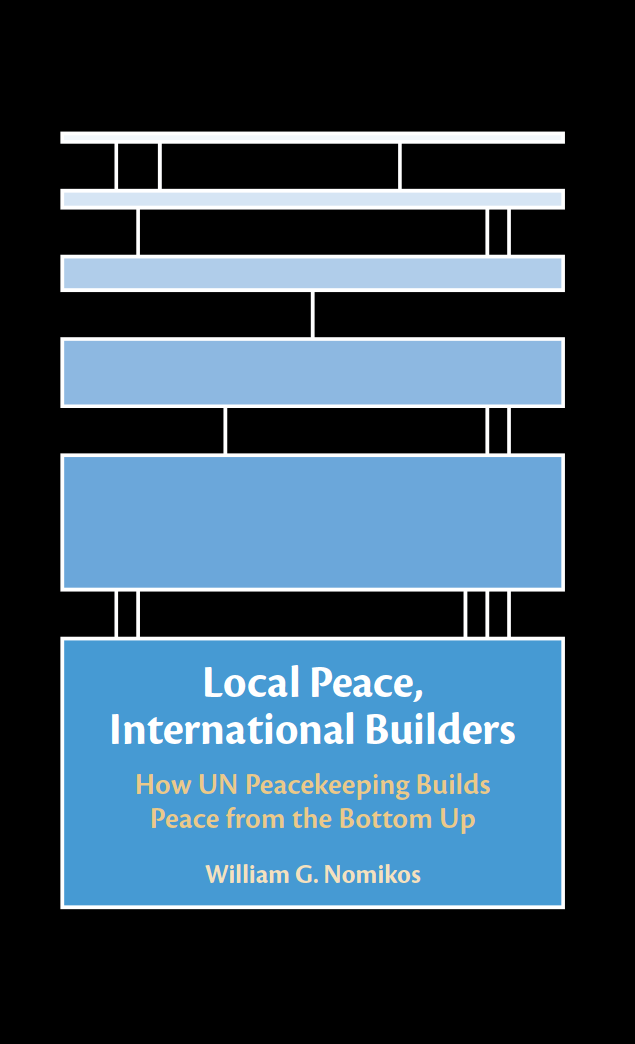
"With careful fieldwork, experiments, cross-national analyses, and in-depth case studies, Nomikos provides compelling evidence that UN peacekeepers are uniquely capable of reducing communal violence. Readers will gain a novel perspective on the role of peacekeeping."
"Through an artful combination of research methods, Nomikos underscores the importance of peacekeeper impartiality. Citizen perceptions of peacekeepers, we learn, make an enormous difference in the effectiveness of post-conflict recovery. Both scientific and optimistic, this book is a model for the next generation of peacekeeping research."
"How do UN peacekeepers keep the peace? Using interviews with local leaders and peacekeepers, behavioral games, surveys, and georeferenced data on troops, Nomikos finds that when peacekeepers are viewed as impartial, they de-escalate local conflicts. A must-read for anyone interested in peacekeeping."
"Although UN peacekeeping is often viewed skeptically, Nomikos demonstrates that it can have positive effects in mitigating conflicts when peacekeepers are perceived to be impartial. A thoroughly researched, multi-method study that explains when, how, and why peacekeeping matters with important lessons for the conduct of future missions."
My first published book, Local Peace, International Builders: How the UN Builds Peace from the Bottom Up, examines the conditions under which international actors successfully bring order, peace, and stability to fragile settings. It was awarded the Best Book prize by the APSA Experiments Section.
- View my book online through Cambridge University Press
- Listen to a discussion of the book on the Scope Conditions podcast
.
-
Brief Summary
-
1. Introduction
-
2. The Evolution of Local-Level UN Peacekeeping
-
3. A Micro-Level Theory of UN Peacekeeping
-
4. Research Design
-
5. Introduction to Ethnic Conflict and International Intervention in Mali
-
6. Individual Peace
-
7. Communal Peace
-
8. International Peace
-
9. Conclusion

